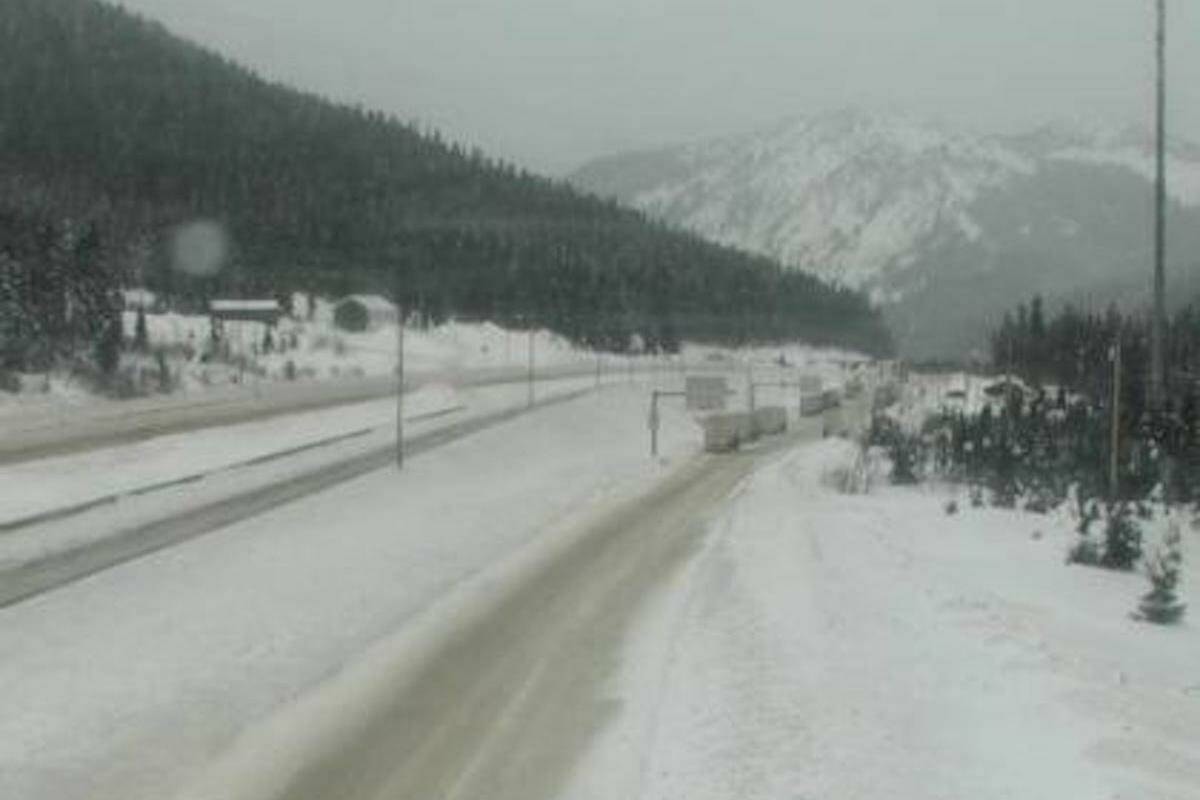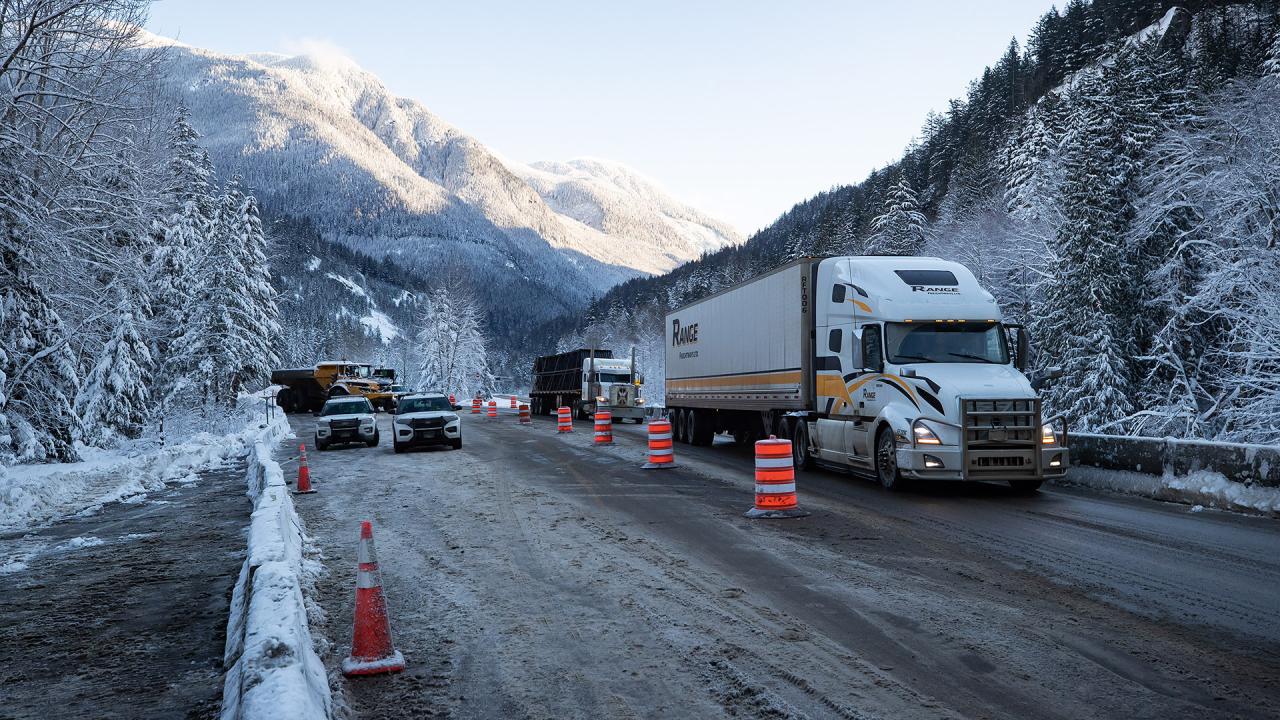Coquihalla weather cameras provide crucial real-time information for drivers navigating the challenging Coquihalla Highway. This mountainous route, known for its unpredictable weather, relies heavily on these visual updates to ensure safe passage. Understanding how these cameras function, the data they provide, and how to interpret that data is paramount for anyone traveling this vital transportation artery.
The Coquihalla Highway presents unique geographical challenges, including steep grades, winding roads, and exposure to various severe weather events. Real-time weather information, particularly from strategically placed cameras, is essential for mitigating risks associated with snowstorms, ice, and reduced visibility. This information empowers drivers to make informed decisions, potentially preventing accidents and delays.
Coquihalla Highway Weather: A Comprehensive Guide
The Coquihalla Highway, a vital transportation artery in British Columbia, Canada, presents unique challenges due to its mountainous terrain and unpredictable weather. Understanding the weather conditions along this route is crucial for safe travel. This guide provides a detailed overview of the highway’s weather patterns, the functionality of its weather cameras, and alternative sources of weather information.
Coquihalla Highway Overview
The Coquihalla Highway traverses a challenging geographical landscape, characterized by steep inclines, narrow valleys, and high elevations. This topography significantly influences weather patterns, leading to frequent variations in temperature, precipitation, and visibility. Typical weather patterns include heavy snowfall in winter, often accompanied by strong winds and freezing rain, leading to hazardous driving conditions. Summer months may bring periods of intense heat and occasional thunderstorms.
Real-time weather information is essential for drivers to make informed decisions, allowing them to adjust their travel plans, prepare for potential delays, or even avoid travel altogether during severe weather events.
Functionality of Weather Cameras
Coquihalla weather cameras utilize advanced imaging technology to capture real-time visual data of the highway’s conditions. These cameras typically employ high-resolution lenses and weatherproof housings to ensure reliable operation in diverse conditions. The images transmitted provide crucial information including visibility, snow accumulation depth, road surface conditions (e.g., ice, slush, or clear pavement), and the presence of any obstructions. Compared to traditional weather reporting methods like radio broadcasts or weather apps, which often provide generalized information, weather cameras offer a hyperlocal and visual perspective, significantly enhancing situational awareness for drivers.
Accessing and Interpreting Camera Feeds

Live feeds from Coquihalla weather cameras are typically accessible through the DriveBC website and mobile application. Users can locate specific camera views along the highway route. Interpreting the feeds requires careful observation of several factors: reduced visibility due to snow or fog, the accumulation of snow on the road and shoulders, and the presence of any black ice or icy patches.
Identifying these hazards allows drivers to adjust their speed and driving style accordingly.
Monitoring weather conditions on the Coquihalla Highway is crucial for safe travel, especially during winter. For real-time updates, a valuable resource is readily available: check the live feed from the coquihalla weather camera which provides a visual snapshot of current conditions. This allows drivers to make informed decisions before embarking on their journey along this challenging route, ensuring a safer and smoother trip.
A Proposed Website User Interface

| Camera 1 | Camera 2 | Camera 3 | Camera 4 |
Impact of Weather on Highway Safety
The Coquihalla Highway experiences a range of weather-related hazards. Snowstorms can lead to significant reductions in visibility and treacherous driving conditions. Avalanches pose a serious threat, particularly during periods of heavy snowfall. Freezing rain creates extremely hazardous icy patches on the road surface. Weather cameras play a vital role in mitigating these risks by providing real-time information to drivers and transportation authorities, allowing for timely interventions such as road closures, speed restrictions, and deployment of snow removal equipment.
Weather Conditions and Driving Impacts

| Weather Condition | Impact on Driving |
|---|---|
| Heavy Snowfall | Reduced visibility, slippery roads, potential for snow drifts and avalanches. |
| Freezing Rain | Extremely slippery roads, black ice formation, significantly increased risk of accidents. |
| Strong Winds | Difficult vehicle control, especially for high-profile vehicles. Increased risk of rollovers. |
| Fog | Severely reduced visibility, increasing the risk of collisions. |
Alternative Sources of Weather Information
Drivers can access supplementary weather information from various sources. These include dedicated weather apps (e.g., Environment Canada), radio broadcasts providing traffic and weather updates, and government websites such as DriveBC. While these sources offer valuable information, they may lack the hyperlocal, real-time visual perspective provided by weather cameras. The reliability and accuracy vary depending on the source and the specific weather event.
- Environment Canada: Provides comprehensive weather forecasts but may not be as specific to the Coquihalla Highway.
- DriveBC: Offers real-time road conditions and closures, often integrated with weather camera feeds.
- Radio Broadcasts: Provide regular traffic and weather updates, but may not always be up-to-the-minute.
Visual Representation of Weather Data
Weather camera images can be used to create time-lapse videos showcasing the evolution of weather patterns over time. These visualizations can be incorporated into comprehensive weather reports, providing a more intuitive understanding of the changing conditions along the highway. They also allow for better forecasting and prediction of future conditions.
Illustrative Image Description, Coquihalla weather camera
An image from a Coquihalla weather camera might depict a scene with heavy snowfall, reducing visibility to a few hundred meters. The snow accumulation on the road would be visible, perhaps several centimeters deep. The lighting would be diffuse and muted due to the overcast sky. The road surface might appear mostly covered in snow, with some areas potentially showing patches of ice.
The overall impression would be one of challenging and hazardous driving conditions.
Ultimately, the Coquihalla weather cameras represent a vital tool for enhancing highway safety. By providing readily accessible, real-time visual data, these cameras contribute significantly to informed decision-making by drivers and transportation authorities alike. Supplementing this visual information with data from other sources creates a comprehensive safety net for navigating the unpredictable conditions of the Coquihalla Highway. Safe travels!
FAQ Compilation: Coquihalla Weather Camera
How often are the Coquihalla weather camera images updated?
Update frequency varies depending on the specific camera and system, but many aim for updates every few minutes to provide near real-time information.
Are the Coquihalla weather cameras operational 24/7?
Generally, yes. However, temporary outages due to technical issues or extreme weather conditions are possible.
Monitoring weather conditions, especially in challenging areas like the Coquihalla Highway, is crucial for safe travel. Real-time views, such as those provided by the Coquihalla weather camera, are invaluable. For a similar perspective on a different location, check out the live feed from the port dover camera , which offers a different geographical context. Understanding diverse weather patterns helps improve overall preparedness, whether planning a trip along the Coquihalla or elsewhere.
What should I do if a Coquihalla weather camera feed is unavailable?
Consult alternative sources such as weather apps, radio broadcasts, or DriveBC for updated information.
Where can I find a comprehensive map showing the locations of all Coquihalla weather cameras?
A specific map may not be publicly available, but checking the DriveBC website or contacting the relevant transportation authority could provide information on camera locations.
